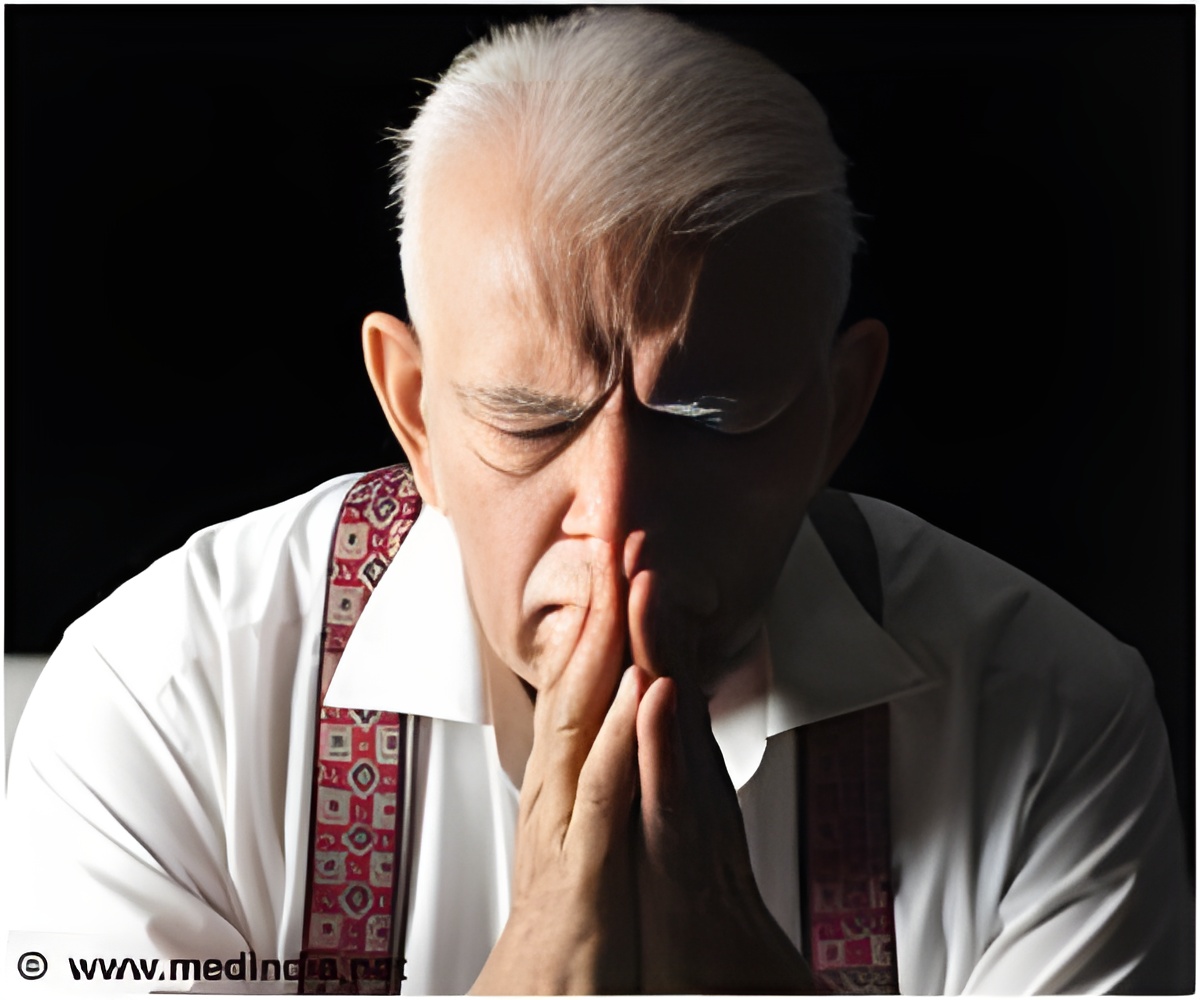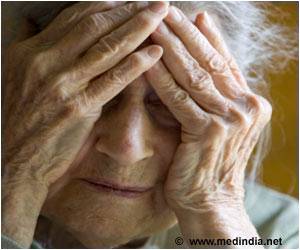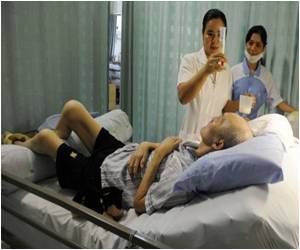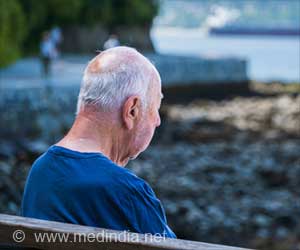Taking a fall in older life can not only result in injury, but also a potentially debilitating loss of confidence.

The new guidelines have been developed with the help of academics by Agile, the Chartered Society of Physiotherapy's professional network for those working with older people. Physiotherapists play a key role in the care of older people at risk of or who have had a fall, both in hospitals and in primary care and community health environments.
The last guidelines were published in 1998 and since then there have been significant advances in policy, practice and technology.
The new guidelines have been compiled following a review of research around falls in the elderly, looking at issues including management, assessment, prevention and the role of exercise.
It focuses on four main components: preventing falls; improving the ability of older people to withstand threats to their balance; preventing the consequences of older people being unable to get up from a fall, the so-called 'long lie'; and optimising confidence and reducing the fear of falling.
Each component includes clear guidance on assessment and management for physiotherapists with key messages to help enforce the guidance.Among the major changes is an increased emphasis on the steps that physiotherapists can take to help prevent falls, including specific recommendations on exercise programmes. These have a high balance challenge component, delivered at 'high dose'.
Advertisement
Dr. Victoria Goodwin, from PCMD, University of Exeter, co-wrote the guidelines. She said: "We hope that clinicians will find it user friendly. It's very short but it contains the information that physiotherapists need. Other guidelines can be quite general and end up just sitting on the shelf. We really hope these will be used."
Advertisement
Source-Eurekalert









